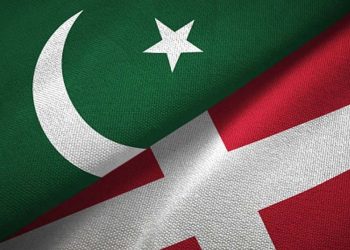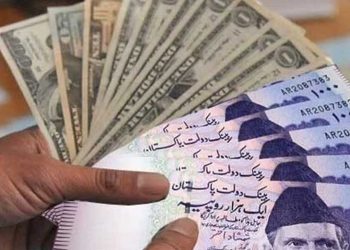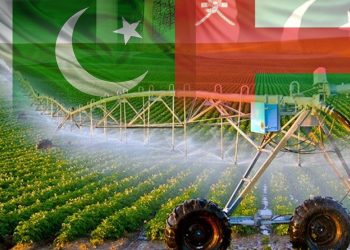In the face of intense pressure on foreign currency reserves, Pakistan will soon close its $4 billion shortfall in external financing with the assistance of friendly nations under IMF conditions, according to State Bank of Pakistan (SBP) Acting Governor Dr. Murtaza Syed.
He also acknowledged that inflation will continue to be higher for the ensuing 11 to 12 months, which is why the central bank was aiming for an average inflation target of 18 to 20 percent for the current fiscal year 2022–2023
Acting Governor of the SBP Dr. Murtaza Syed stated that Pakistan has already fulfilled its gross external funding needs of $34 to $35 billion, but Islamabad is also working to confirm $4 billion in inflows from friendly countries including Saudi Arabia, the UAE, and Qatar. These additional dollar inflows will be used to increase foreign currency reserves in order to build a safety net in the event of a crisis-like situation.
According to the official, the SBP has relaxed the cash margin requirements for opening L/Cs for imports and offers incentives to individuals who do so. According to him, the IMF opposed trade restrictions and took action to prevent the depletion of foreign exchange reserves. The current pressure on foreign reserves is now expected to end within the next two months. He also advocated energy saving as a way to reduce the burden of high import bills.
He outlined many causes of imbalances but emphasized that, in perspective of other nations’ experiences, Pakistan’s external financing gap of $34 or $35 billion was not particularly large. However, it became problematic because it fell within the government’s primary obligation to manage. In the case of other nations, he claimed that by drawing in foreign direct investment, the nation’s private sector assisted in managing a portion of the external financial deficit.
The governor of the SBP stated that in order to prevent constantly descending into boom and bust cycles, Pakistan will need to increase exports and foreign direct investment. “Until the private sector draws dollar inflows, this boom and bust cycle cannot be broken. The IMF presently assists in managing the external financial gap. When the Fund program expires, there will be no legal obligation to keep the country on the path of change. Reversal of the structural reform process resulted in imbalances on the domestic and international economic frontiers for the nation, he continued.
He was of the view that some developed economies might be facing recession but Pakistan’s economy would be stabilised through a slowdown though it could still achieve a decent growth figure of 3 to 4 percent for the current fiscal year.
He said the country was not facing a debt crisis and its overall public debt was still in a manageable position. However, its external financing requirement ballooned at this juncture when the world was facing a super cycle of commodities and POL prices. He said the SBP possessed $8.5 billion in liquid foreign currency reserves and it did not include $4 billion in the shape of gold. “If these are not liquid reserves, then the IMF should have raised objections over it,” he made it clear.
The Monetary and Fiscal Coordination Board between the Ministry of Finance and the State Bank of Pakistan could still be replaced, according to the SBP governor, with a better coordination system. “This body was dissolved under the fresh act due to the perspective of international lenders that the Ministry of Finance was dictating the monetary policy,” he continued.






